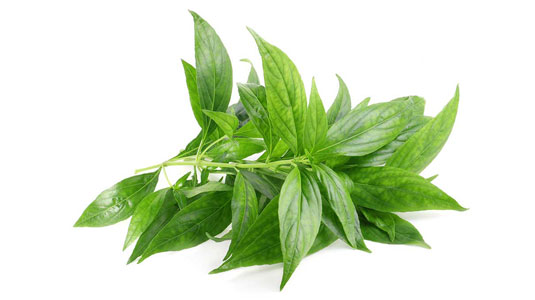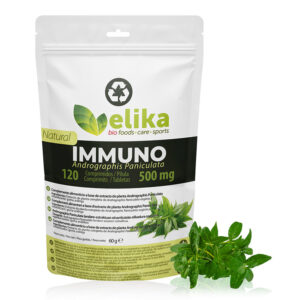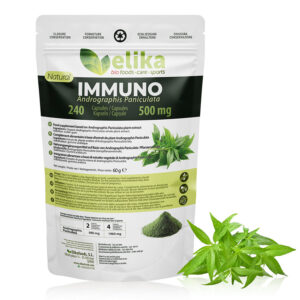What is Andrographis Paniculata?
It is a herbaceous plant that grows in India and Sri Lanka. It is now widely cultivated in South Asia, where it is used for the treatment of some infectious diseases due to its antiviral and antibacterial properties. The leaves and roots are mainly used for medicinal purposes in traditional Indian medicine or “Ayurveda”. In addition, it is currently used to prevent viral infections and to strengthen the immune system and increase the body’s natural defenses against external aggressions.
Description
It is an erect annual herb with a very bitter taste throughout. In fact, in India the plant is known by the name “Maha-Tita”, literally “king of bitters”, and in Malaysia, it is known as “Hempedu Bumi” which literally means “the bile of the earth”, as it is one of the most bitter plants in traditional Indian medicine. That is why we make it in capsules and not in tablets.

Properties
According to the American Botanical Council monograph, the andrographis plant is known to have different properties and indications.
It stimulates the immune system by preventing viral infections and thus strengthening the immune system and increasing the body’s natural defenses against external aggressions.
Reduces fever and inflammation by protecting the liver, reduces platelet aggregation, treats and predisposes colds and flu, bacterial infections of the urinary tract.
In India, andrographis is used to treat diabetes, cough, infections, hepatitis, and gastrointestinal disorders such as diarrhea, indigestion, or loss of appetite.
The main active ingredient of the plant is andrographolide, a diterpenoid labdane, but other substances still contribute to the fitness of this plant.
In studies in China, the plant was found to be an effective treatment against viral and bacterial infections of the respiratory tract. It was even effective in reducing fever, achieving the same goal as paracetamol (acetaminophen).
According to the research so far, Andrographis paniculata restores immune function, but has no direct antibacterial effect. However, the plant has been found to have antimalarial activity.
Andrographis is also known for its hepatoprotective properties. It serves to protect the liver against damage caused by liquor and various infections or toxins. It appears that the liver-protective benefits of the andrographis plant exceed those of silymarin from gum thistle, which was considered the most effective herb for treating liver ailments. A new study in India mentioned that the plant extract is effective against hepatitis type B virus.
In other studies of the plant, it was observed that it could delay the growth of liver tumors in mice exposed to a carcinogen. Some data suggest that andrographis induces enzymes that metabolize liver drugs. Tests from a study conducted on rats have shown anti-fertility effects in males. These effects were reversible, but have not been confirmed by other studies. These studies also found an abortive effect in females.
Andrographis also has anti-inflammatory properties, in particular for arthritis, and finally, in other studies it has been reported to be analgesic, antipyretic (fights fever) and would protect rats from ulcerations caused by aspirin. According to recent joint studies from March 2020 by the University of Madrid and Valencia led by Dr. Gabriel González Pavón and Professor José María Benlloch Baviera, its consumption seems highly recommended in the current situation in which we find ourselves.
Composition
Among the most important metabolites that are part of Andrographis paniculata are terpenoids. Diterpenoids have been located in the roots and in the aerial parts. Andrographolide is the most important diterpenoid in terms of bioactivity that has been isolated from the plant. It is characterized by its bitterness and colorlessness. Other important diterpenoids found in the plant are deoxyandrographolide and neoandrographolide.
Andrographis as an antimicrobial
Arabinogalactan and the aqueous extract of Andrographis have antibacterial activity against Escherichia coli (E. coli), Bacillus subtilis, Pseudomonas aeruginosa and against the yeast Candida albicans. The diterpenoid andrographolide has shown activity against Bacillus subtilis and against the yeast Candida albicans.


